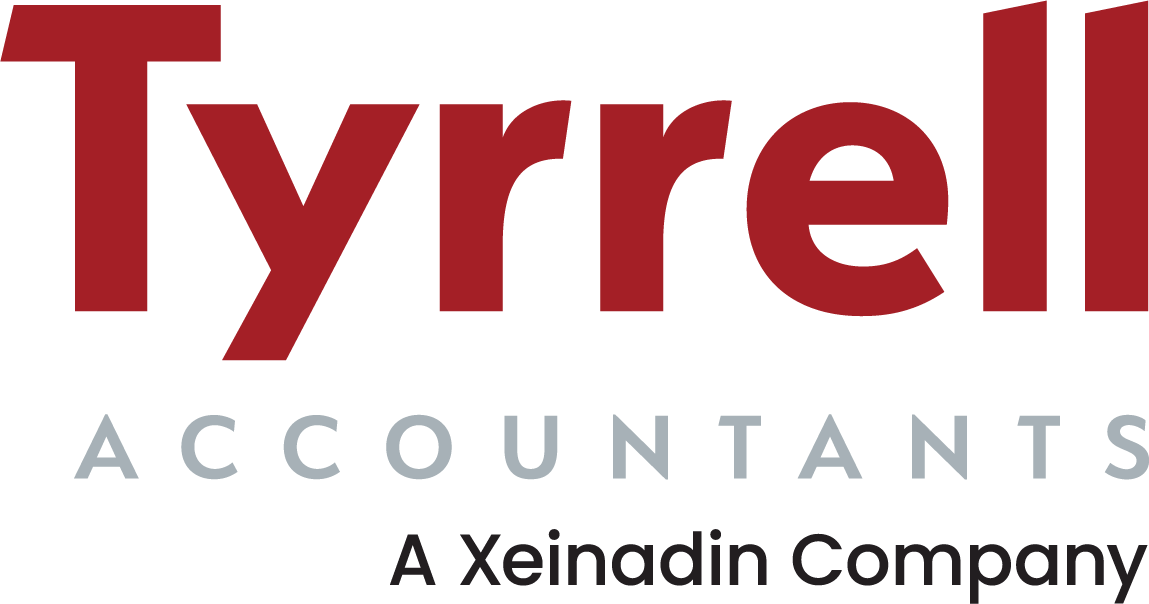If your company is forecasting growth, downsizing or even staying at the same level, a strategic HR plan can help to support the objectives of the business. Such a plan can help your firm to prepare for its HR needs based on current versus expected future performance. The HR department must have a plan to ensure that the staffing needs of the company are appropriate and that staff are qualified to assist in meeting the company’s overall business objectives. Some areas to review and include in the plan are as follows:
Current Workforce
Review staffing levels to decide if changes need to be made. Changes could include provisions for reducing the current workforce, reassigning employees to different areas, making promotions or demotions, and altering current rates of pay for those being promoted or demoted. Working with department managers to create a skills inventory of existing employees can give a good picture of which employees may be willing and ready to take on more responsibility or a possible reassignment, as well as whether career development and succession opportunities exist.
Training
Consider whether you need to revamp current training for current and new employees. This is especially important if existing training is outdated or doesn’t use all available tools. While HR doesn’t necessarily have to take charge of updating the training, it should be budgeted through the workforce plan and projections. Additional training plans should include industry-required training for employees moving into a new department, employees moving up in their department or those taking on additional responsibilities.
Forecasting Staffing Levels
There is a large cost associated with recruiting and training new employees. Reassigning and retaining current employees is the most cost-effective method but is not always realistic, especially with turnover and company growth. Planning in advance is the best way to ensure that all costs are accounted for within the HR budget. Determining future workforce needs will require forecasting the strategic needs of the business to determine how many and what positions will need to be filled, what timeframe these positions need to be filled in, and what skill set and training the new employees will need.
Implementation
Many businesses put plans in place but have a difficult time implementing them. Sometimes plans change but the strategic plan isn’t updated properly. Follow-through, whether on the original plan or a revised strategic plan, is imperative for the business to continue to move forward.
HR is there to support the rest of the business in the achievement of its objectives. As such, a thorough, flexible and strategic HR plan is of huge importance.
